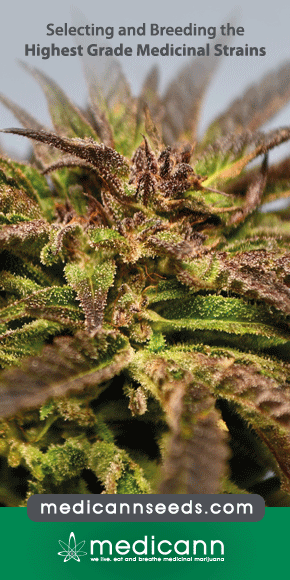Medical Cannabis for Pediatric Moderate to Severe Complex Motor Disorders
A complex motor disorder is a combination of various types of abnormal movements that are associated with impaired quality of life (QOL). Current therapeutic options are limited. We studied the efficacy, safety, and tolerability of medical cannabis in children with complex motor disorder. We studied the efficacy, safety, and tolerability of medical cannabis in children with complex motor disorder. Significant improvement in spasticity and dystonia, sleep difficulties, pain severity, and QOL was observed in the total study cohort, regardless of treatment assignment.


